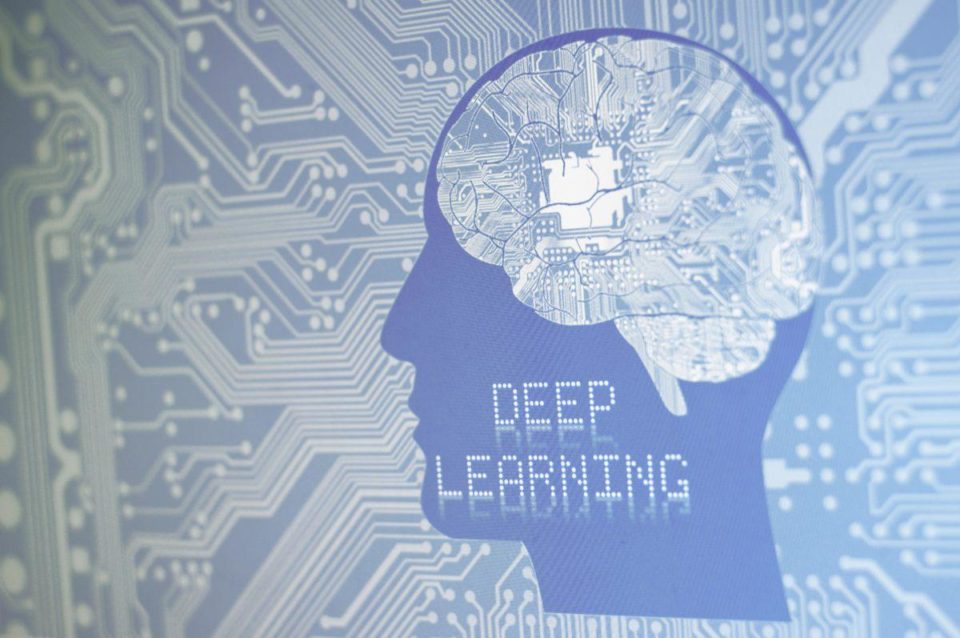There’s a lot of conversation lately about all the possibilities of machines learning to do things humans currently do in our factories, warehouses, offices and homes. While the technology is evolving—quickly—along with fears and excitement, terms such as artificial intelligence, machine learning and deep learning may leave you perplexed.
copyright by www.forbes.com
 I hope that this simple guide will help sort out the confusion around deep learning and that the 8 practical examples will help to clarify the actual use of deep learning technology today. Adobe Stock Adobe Stock What is deep learning?
I hope that this simple guide will help sort out the confusion around deep learning and that the 8 practical examples will help to clarify the actual use of deep learning technology today. Adobe Stock Adobe Stock What is deep learning?
The field of artificial intelligence is essentially when machines can do tasks that typically require human intelligence. It encompasses machine learning, where machines can learn by experience and acquire skills without human involvement. Deep learning is a subset of machine learning where artificial neural networks, algorithms inspired by the human brain, learn from large amounts of data. Similarly to how we learn from experience, the deep learning algorithm would perform a task repeatedly, each time tweaking it a little to improve the outcome. We refer to ‘deep learning’ because the neural networks have various (deep) layers that enable learning. Just about any problem that requires “thought” to figure out is a problem deep learning can learn to solve.
The amount of data we generate every day is staggering—currently estimated at 2.6 quintillion bytes—and it’s the resource that makes deep learning possible. Since deep-learning algorithms require a ton of data to learn from, this increase in data creation is one reason that deep learning capabilities have grown in recent years. In addition to more data creation, deep learning algorithms benefit from the stronger computing power that’s available today as well as the proliferation of Artificial Intelligence (AI) as a Service. AI as a Service has given smaller organizations access to artificial intelligence technology and specifically the AI algorithms required for deep learning without a large initial investment.
Deep learning allows machines to solve complex problems even when using a data set that is very diverse, unstructured and inter-connected. The more deep learning algorithms learn, the better they perform.
8 practical examples of deep learning
Now that we’re in a time when machines can learn to solve complex problems without human intervention, what exactly are the problems they are tackling? Here are just a few of the tasks that deep learning supports today and the list will just continue to grow as the algorithms continue to learn via the infusion of data.
-
Virtual assistants
Whether it’s Alexa or Siri or Cortana, the virtual assistants of online service providers use deep learning to help understand your speech and the language humans use when they interact with them.
Thank you for reading this post, don't forget to subscribe to our AI NAVIGATOR!
-
Translations
In a similar way, deep learning algorithms can automatically translate between languages. This can be powerful for travelers, business people and those in government.[…]
read more – copyright by www.forbes.com


There’s a lot of conversation lately about all the possibilities of machines learning to do things humans currently do in our factories, warehouses, offices and homes. While the technology is evolving—quickly—along with fears and excitement, terms such as artificial intelligence, machine learning and deep learning may leave you perplexed.
copyright by www.forbes.com
The field of artificial intelligence is essentially when machines can do tasks that typically require human intelligence. It encompasses machine learning, where machines can learn by experience and acquire skills without human involvement. Deep learning is a subset of machine learning where artificial neural networks, algorithms inspired by the human brain, learn from large amounts of data. Similarly to how we learn from experience, the deep learning algorithm would perform a task repeatedly, each time tweaking it a little to improve the outcome. We refer to ‘deep learning’ because the neural networks have various (deep) layers that enable learning. Just about any problem that requires “thought” to figure out is a problem deep learning can learn to solve.
The amount of data we generate every day is staggering—currently estimated at 2.6 quintillion bytes—and it’s the resource that makes deep learning possible. Since deep-learning algorithms require a ton of data to learn from, this increase in data creation is one reason that deep learning capabilities have grown in recent years. In addition to more data creation, deep learning algorithms benefit from the stronger computing power that’s available today as well as the proliferation of Artificial Intelligence (AI) as a Service. AI as a Service has given smaller organizations access to artificial intelligence technology and specifically the AI algorithms required for deep learning without a large initial investment.
Deep learning allows machines to solve complex problems even when using a data set that is very diverse, unstructured and inter-connected. The more deep learning algorithms learn, the better they perform.
8 practical examples of deep learning
Now that we’re in a time when machines can learn to solve complex problems without human intervention, what exactly are the problems they are tackling? Here are just a few of the tasks that deep learning supports today and the list will just continue to grow as the algorithms continue to learn via the infusion of data.
Virtual assistants
Whether it’s Alexa or Siri or Cortana, the virtual assistants of online service providers use deep learning to help understand your speech and the language humans use when they interact with them.
Thank you for reading this post, don't forget to subscribe to our AI NAVIGATOR!
Translations
In a similar way, deep learning algorithms can automatically translate between languages. This can be powerful for travelers, business people and those in government.[…]
read more – copyright by www.forbes.com
Share this: